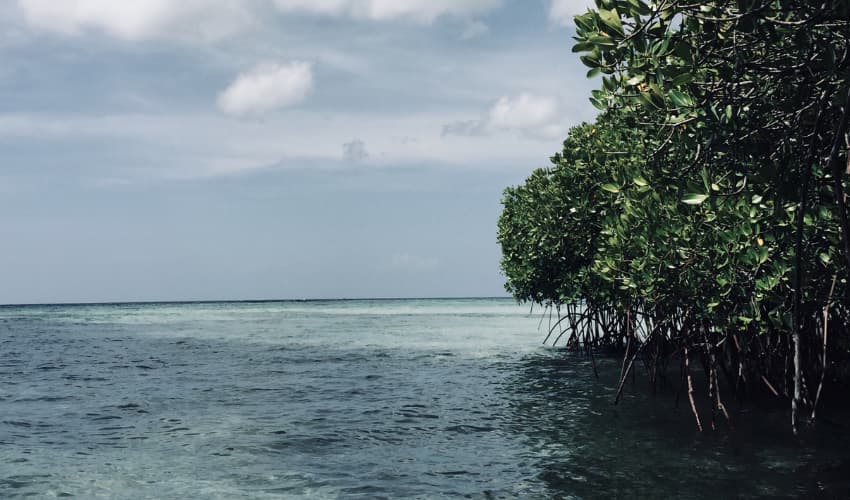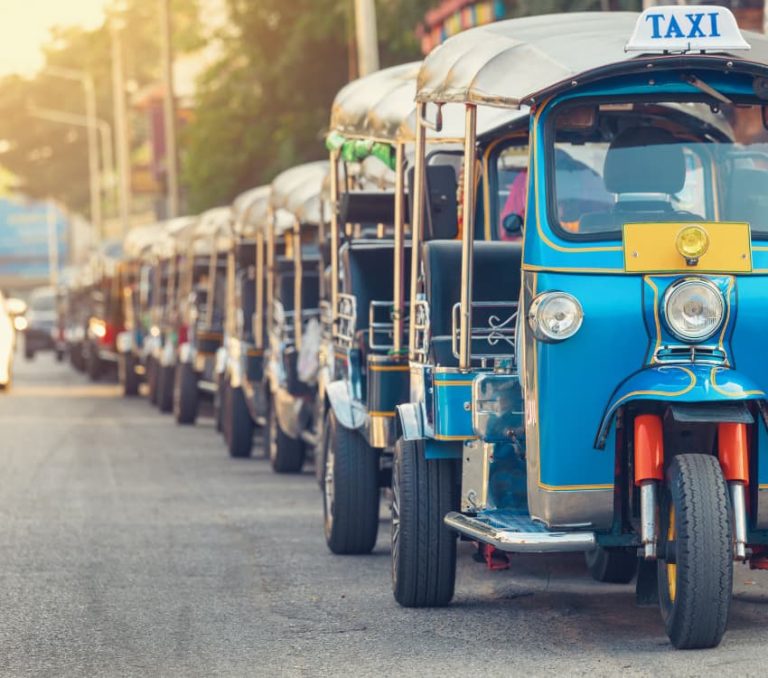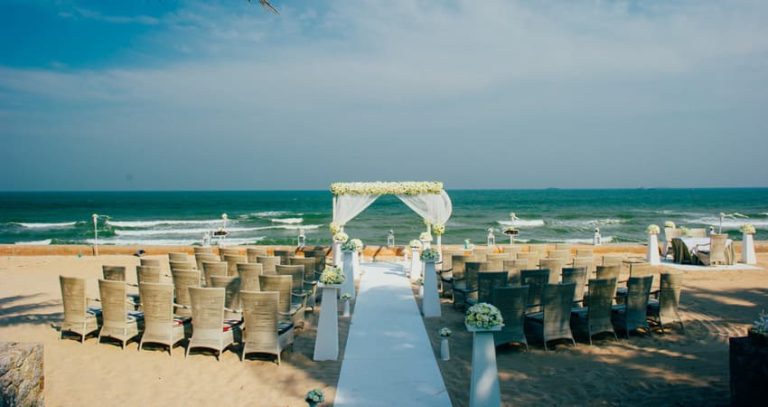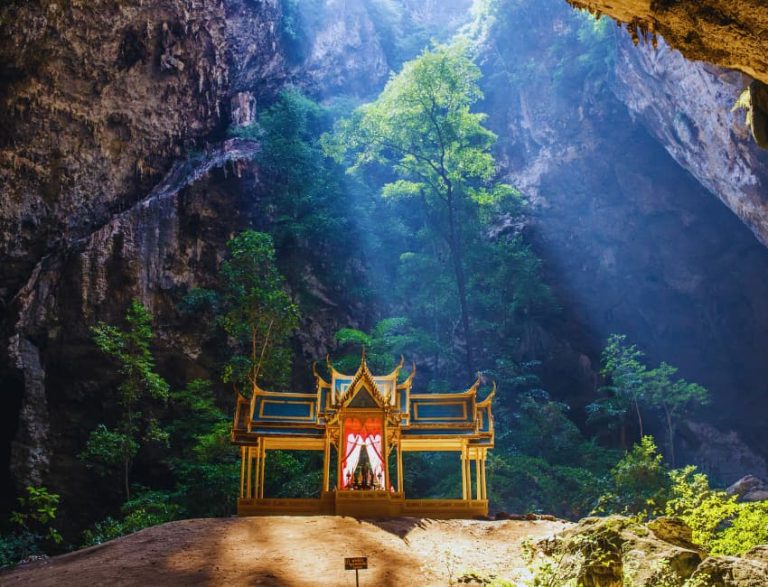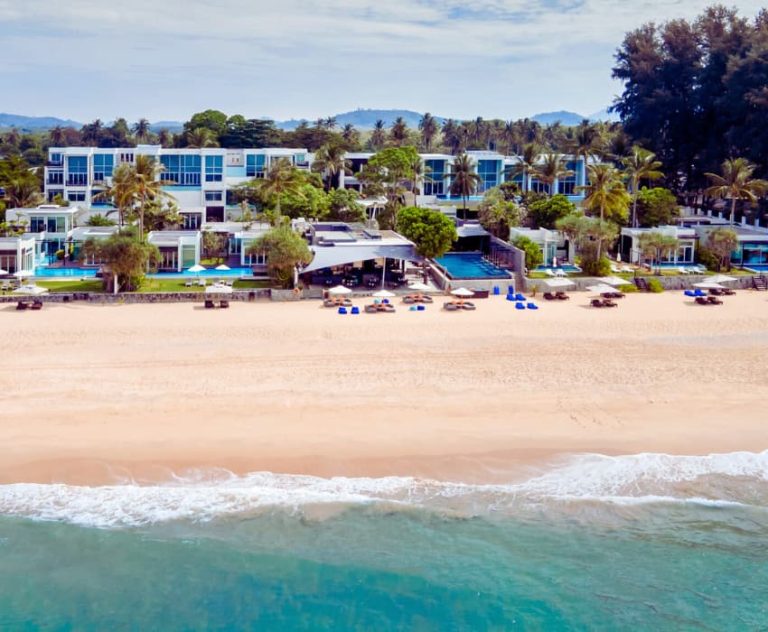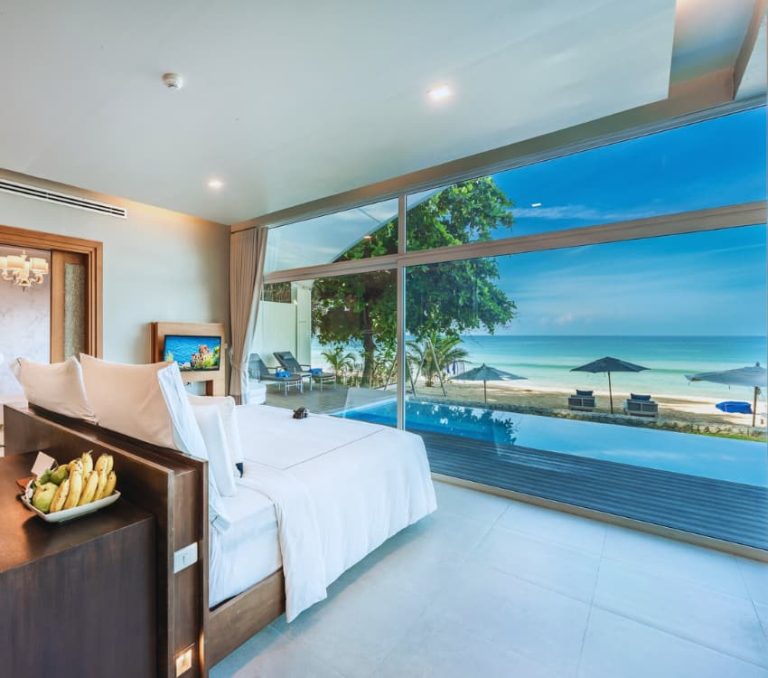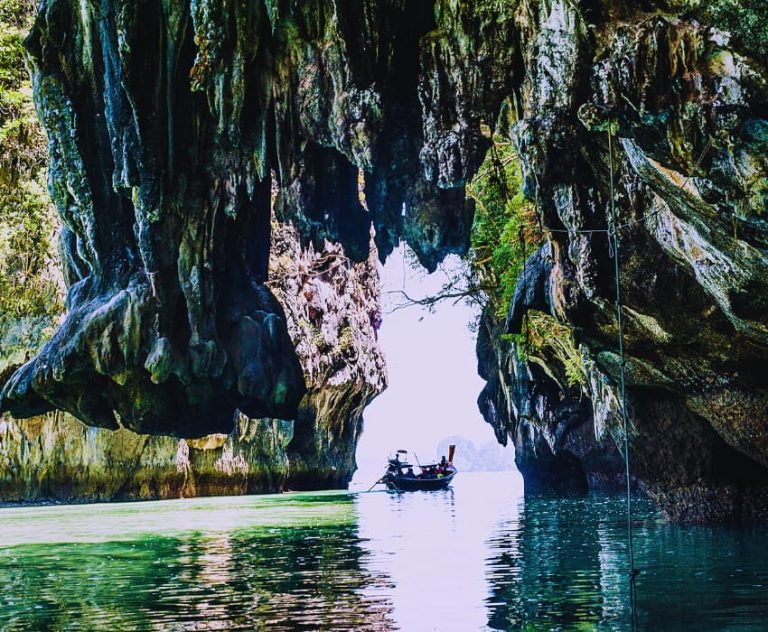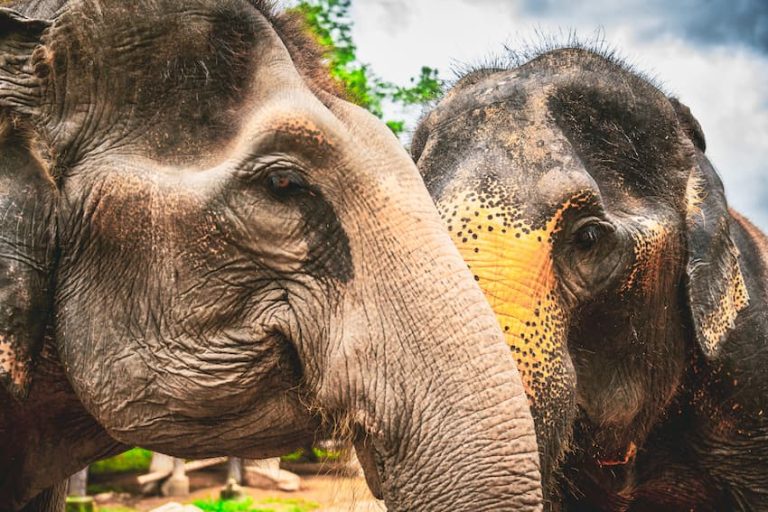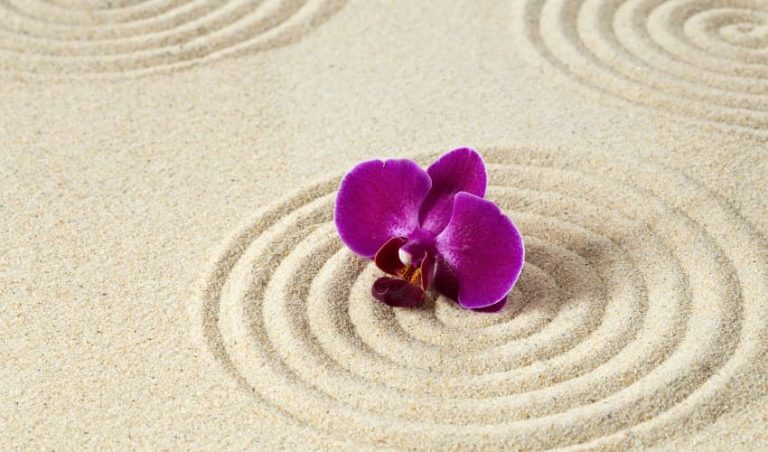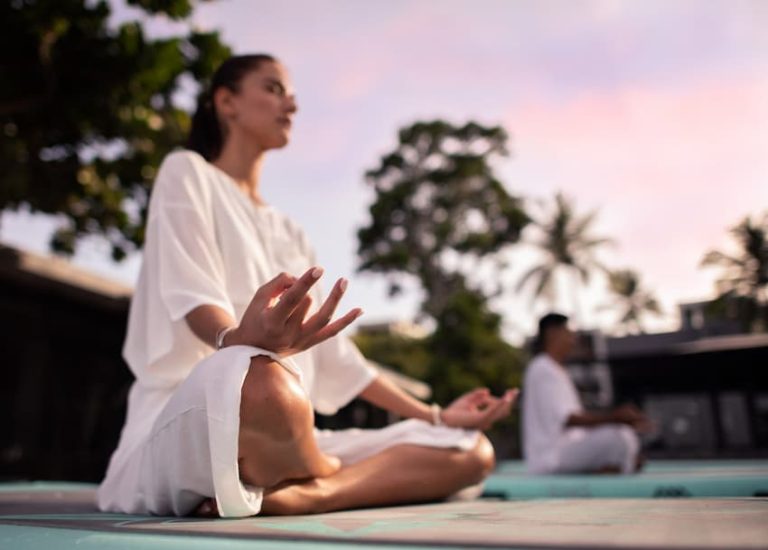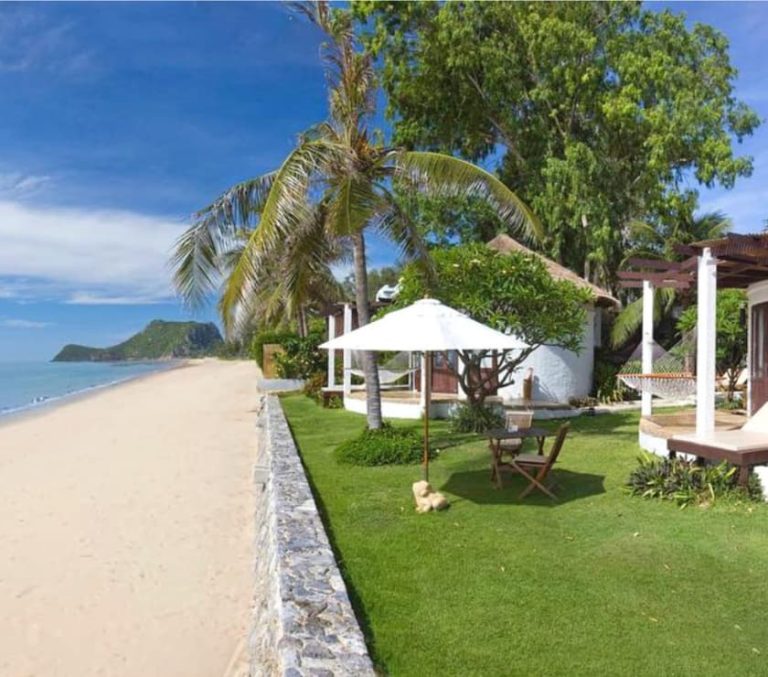At Aleenta Hua Hin – Pranburi Resort & Spa, caring for our natural surroundings is not just a gesture, but an integral part of our everyday ethos. Just along the coastline from our boutique beachfront resort lies one of Thailand’s most ecologically valuable landscapes. Here, guests are invited to take part in something meaningful and lasting: planting mangrove trees at Khao Sam Roi Yot National Park.
This hands-on experience offers an authentic connection to the land while directly supporting its long-term well-being.
The Value Of Mangrove Forests
Mangroves are a rare and remarkable species of tree, thriving in environments that are too salty, soft, or submerged for most other plants. They serve an important role in coastal protection, helping to stabilise shorelines, reduce erosion, and shelter communities from the impact of tides and storms.
The roots of mangrove trees serve as a natural nursery, providing a protected environment where young marine species can thrive. Beneath their tangled branches, juvenile fish, crabs, and birds find food and shelter.
Just as importantly, mangroves are excellent at absorbing carbon dioxide. These forests have become known as blue carbon ecosystems due to their capacity to store carbon and help mitigate the effects of climate change.
A Unique Natural Setting At Khao Sam Roi Yot
Only a short distance from the resort, Khao Sam Roi Yot National Park is a place of exceptional beauty and biodiversity. It holds the title of Thailand’s first marine national park and features a variety of landscapes, including coastal cliffs, freshwater marshes, limestone mountains and of course, flourishing mangrove forests.
The park’s name, which translates to “the mountain with three hundred peaks”, reflects its striking topography. It is also home to diverse habitats that support a wide range of plant and animal species.
A Meaningful Experience
Guests staying with us have the opportunity to participate in a guided mangrove planting experience within the national park. This is a gentle and rewarding activity, accessible to families, couples and solo travellers alike.
With support from local conservationists, guests assist in planting young mangrove shoots, known as propagules, in areas where they are most likely to thrive. Over time, these seedlings grow into part of the living coastline, supporting both wildlife and the local environment.
There is something especially fulfilling about placing your hands in the earth and knowing you’ve made a positive impact.
Remarkable Adaptations In Nature
Mangrove trees have developed fascinating ways to cope with their salty, waterlogged surroundings. Their roots rise above ground level, allowing them to breathe when the tide comes in. When salt levels become too high, they excrete the excess through their leaves, which is why the leaves often appear thick and waxy.
These adaptations not only help the trees survive but also create a uniquely productive habitat. Creatures such as mudskippers, herons, monitor lizards and even small snakes are frequently seen amongst the roots.
Mangroves are also sensitive to climate shifts. Their ability to spread is influenced by temperature, and their presence in new areas has provided scientists with valuable insight into global warming patterns.
Recovery Through Replanting
For decades, Thailand’s mangrove forests have been under threat from shrimp farming, urban development, and unsustainable tourism. Large swathes were lost, and the consequences for the environment were severe.
Fortunately, this trend is beginning to change. Through collaborative conservation efforts, protected zones have been established, and planting programmes are helping to rebuild what was damaged. Aleenta Hua Hin – Pranburi Resort & Spa is proud to support these efforts and offer guests the opportunity to contribute directly through planting activities.
Exploring More Of The National Park
While the mangrove forests are reason enough to visit, Khao Sam Roi Yot offers much more to experience. Many guests choose to combine their tree planting visit with time spent exploring the more expansive park.
Among the most loved locations are:
- Phraya Nakhon Cave, where a royal pavilion stands in a sunlit chamber hidden within a mountain
- Thung Sam Roi Yot Marsh, a rich wetland area known for birdwatching and peaceful scenery
- Khao Daeng Viewpoint, a scenic climb offering stunning views of limestone peaks and the coast
- Laem Sala Beach, a quiet stretch of sand ideal for a peaceful break after a morning outdoors
A Resort That Gives Back
From the very beginning, Aleenta Hua Hin – Pranburi Resort & Spa has been built around the idea of mindful luxury. Through our Pure Blue Foundation, we strive to minimise our environmental impact, support local communities, and preserve the natural beauty that surrounds us.
Mangrove forest planting is one way we bring these values to life. It is an opportunity for guests to experience something more than a typical excursion, and to contribute to a shared future that is more sustainable and respectful of the natural world.
A Small Action With A Big Impact
Every mangrove tree planted helps protect the coastline, supports wildlife, and captures carbon from the atmosphere. For guests, it offers the chance to leave something behind that grows, strengthens, and contributes to the health of this extraordinary place.
Whether you are travelling as a couple, with children, or simply spending time reconnecting with nature, planting mangroves at Khao Sam Roi Yot is an exceptional experience. We would be delighted to help you organise your visit and take part in this vital work.
This is not just about planting trees. It is about planting the future.
Related Articles
- Pranburi Forest Park and Nature Reserve
- Seven Unique Experiences in Pranburi
- Mangrove Ecosystem of Phang Nga Bay
- Why You Should Visit Hua Hin at Least Once in Your Life
- Visiting Khao Sam Roi Yot National Park
AI Travel Assistant
Aleenta Hua Hin
Pranburi Resort & Spa
Pranburi Resort & Spa

